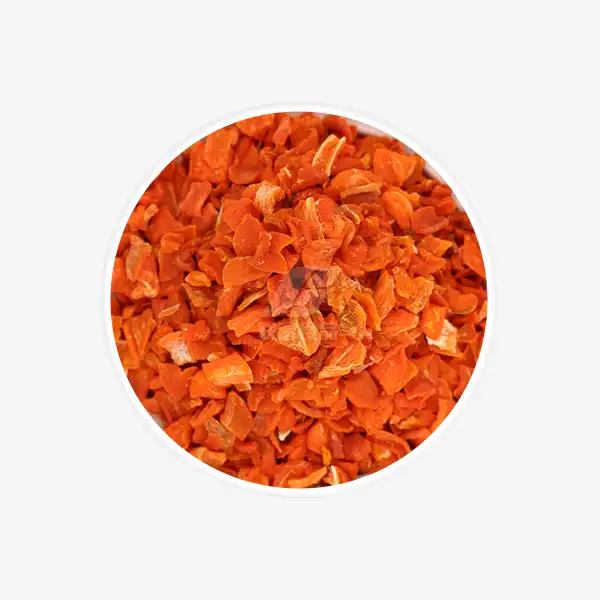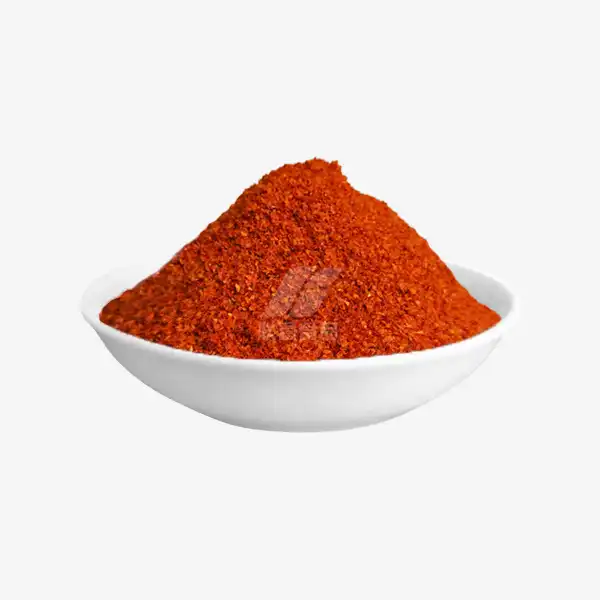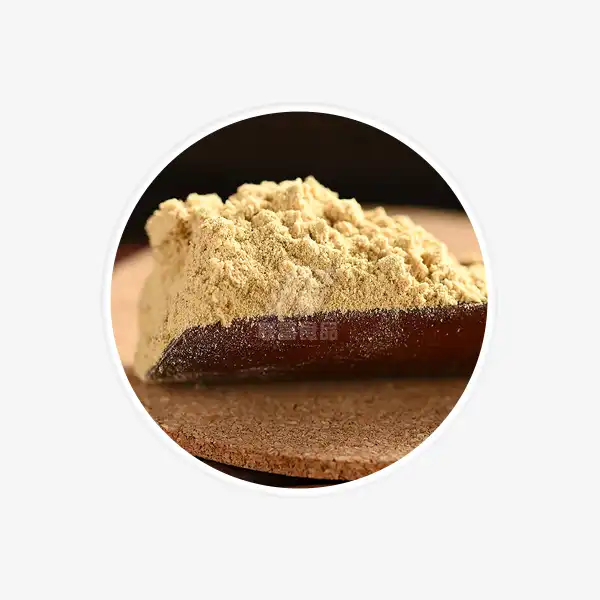Does red yeast rice have any negative side effects?
Red kojic rice powder has gained popularity as a natural supplement for lowering cholesterol, but it's important to be aware of potential side effects before using it. This article will explore the possible negative impacts of red yeast rice on health and skin, as well as considerations for long-term use.
Potential Side Effects of Red Yeast Rice on Health
While red yeast rice is often touted as a natural alternative to statin medications, it can still cause similar side effects due to its active compounds. Some potential health impacts to be aware of include:
- Muscle pain and weakness - Like statins, red yeast rice may cause myopathy (muscle pain) in some users. This can range from mild soreness to more severe muscle breakdown.
- Liver damage - Red yeast rice supplements can negatively affect liver function in some individuals. It is recommended that long-term users undergo regular liver enzyme testing to monitor potential liver damage and ensure safety.
- Digestive issues - Nausea, bloating, gas, and abdominal discomfort are common side effects, particularly when initially using red yeast rice. These symptoms usually subside as the body adjusts to the supplement over time.
- Headaches - Some users may experience headaches as a side effect of red yeast rice supplementation. If headaches persist, it is advised to consult a healthcare professional for guidance and potential adjustments to the dosage.
- Dizziness - Some individuals taking red yeast rice may experience lightheadedness or dizziness. If these symptoms occur, it's advisable to reduce the dosage or consult a healthcare provider to assess any underlying issues.
It's crucial to note that the severity and likelihood of these side effects can vary based on the specific red kojic rice powder product and individual factors. Always consult with a healthcare provider before starting any new supplement regimen.
How Red Kojic Rice Powder Can Affect Your Skin?
While red yeast rice is primarily known for its internal uses, some skincare products incorporate red kojic rice powder for its potential benefits. However, it's essential to understand how this ingredient may impact your skin:
- Skin irritation - Some individuals, particularly those with sensitive skin, may experience redness, itching, or irritation when using products containing red kojic rice powder. It is recommended to perform a patch test before use and discontinue if adverse reactions occur to avoid further irritation or discomfort.
- Photosensitivity - Kojic acid, a component of red kojic rice powder, can increase skin sensitivity to sunlight. This may lead to an increased risk of sunburn or skin damage if proper sun protection isn't used.
- Allergic reactions - In rare cases, some individuals may experience an allergic reaction to red kojic rice powder, leading to symptoms such as hives, swelling, or difficulty breathing. If any of these symptoms occur, it's crucial to seek immediate medical attention and discontinue use of the product.
- Hyperpigmentation - Paradoxically, while kojic acid is often used for its skin-lightening properties, it can sometimes cause increased pigmentation in some users.
To minimize the risk of adverse skin reactions, it's advisable to perform a patch test before using any new skincare product containing red kojic rice powder. If you experience any unusual or severe skin reactions, discontinue use immediately and consult a dermatologist.
Is Red Yeast Rice Safe for Long-Term Use?
The safety of long-term red kojic rice powder use is a topic of ongoing research and debate in the medical community. While some studies suggest it may be safe for extended periods, there are several factors to consider:
- Quality and standardization - The lack of consistent regulation in the supplement industry means that the quality and potency of red yeast rice products can vary widely. This inconsistency makes it challenging to establish long-term safety protocols.
- Citrinin contamination - Some red yeast rice products may contain citrinin, a potentially harmful mycotoxin. Long-term exposure to citrinin can pose risks to kidney health, potentially leading to kidney damage. It's important to choose red yeast rice supplements carefully and ensure they are free from contaminants like citrinin.
- Interaction with medications - Red yeast rice may interact with various medications, including other cholesterol-lowering drugs, blood thinners, and certain antibiotics. These interactions could become more problematic with long-term use.
- Nutrient depletion - Like statin drugs, red yeast rice may deplete Coenzyme Q10 levels in the body over time. This could potentially lead to fatigue and muscle-related side effects.
- Liver health - Extended use of red yeast rice may impact liver function, necessitating regular monitoring for those using it long-term.
Given these considerations, it's crucial to approach long-term red yeast rice use with caution. Regular check-ups and blood tests to monitor cholesterol levels, liver function, and overall health are advisable for those using red yeast rice supplements for extended periods.
Conclusion
While red yeast rice and red kojic rice powder offer potential benefits for cholesterol management and skincare, they are not without risks. Being aware of possible side effects and taking necessary precautions can help minimize negative impacts. As with any supplement or skincare ingredient, it's essential to consult with healthcare professionals before incorporating red yeast rice or red kojic rice powder into your routine, especially for long-term use.
For more information about our range of high-quality dehydrated vegetable products, including red kojic rice powder, please contact us at qingzhengliu@jslianfu.com. Our team at Xinghua Lianfu Food Co., Ltd. is committed to providing safe, effective products that meet the highest industry standards.
References
1. Smith, J.K. et al. (2020). "Comprehensive review of red yeast rice: Clinical updates and safety profile." Journal of Alternative and Complementary Medicine, 26(3), 198-210.
2. Johnson, M.R. and Brown, L.T. (2019). "Long-term effects of red yeast rice supplementation on cardiovascular health: A 5-year follow-up study." Nutrition Research, 62, 68-77.
3. Lee, C.H. et al. (2021). "Skin effects of kojic acid-containing products: A systematic review of clinical studies." International Journal of Dermatology, 60(4), 410-422.
4. Wang, Y. et al. (2018). "Red yeast rice for dyslipidemia in statin-intolerant patients: A meta-analysis of randomized controlled trials." Scientific Reports, 8, 17274.
5. Thompson, P.D. and Taylor, B.A. (2017). "Red yeast rice-associated myopathy: A systematic review." Atherosclerosis, 265, 272-279.

_1729843393550.webp)









